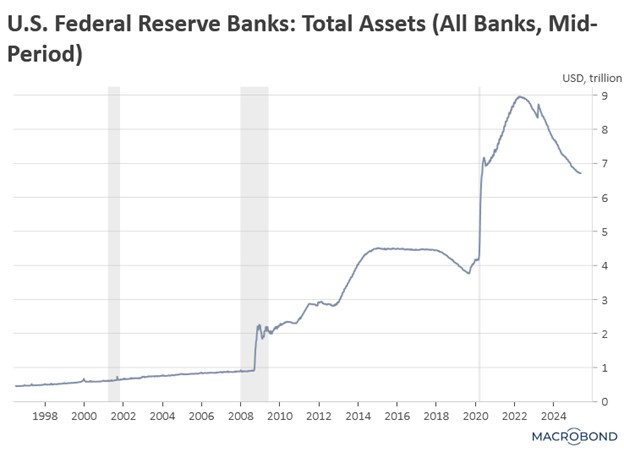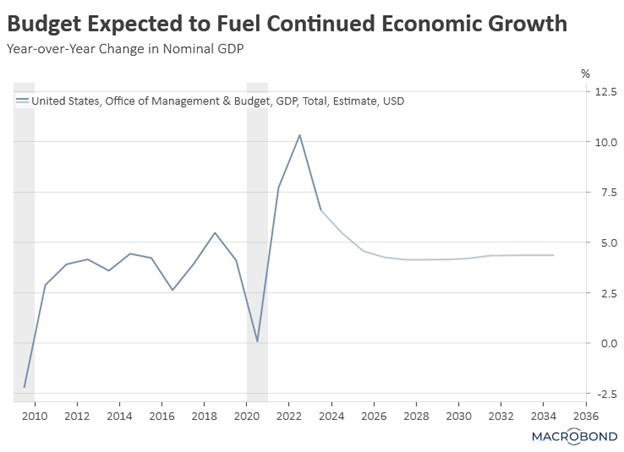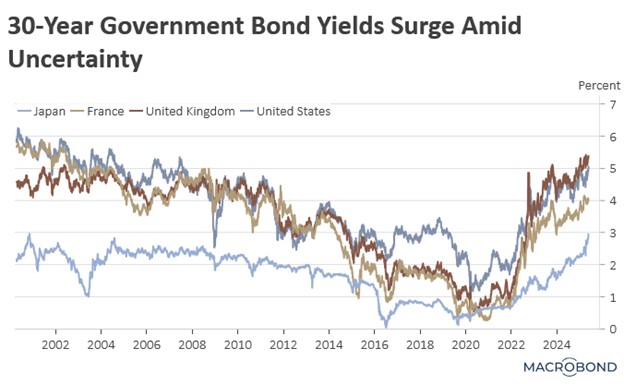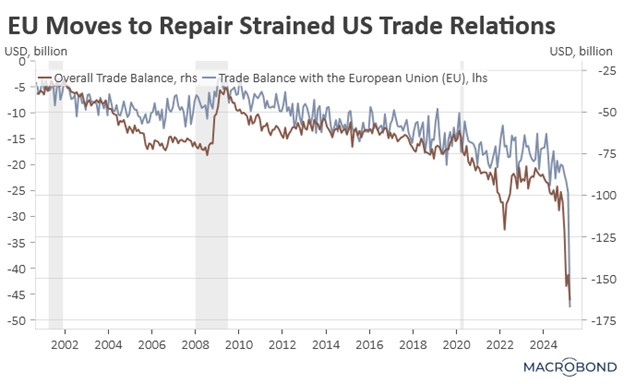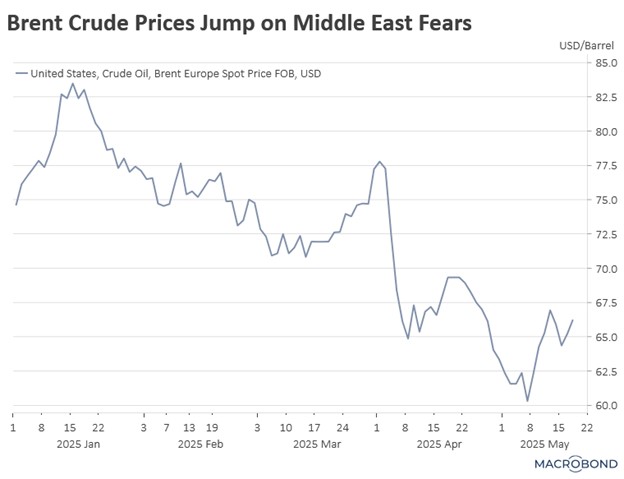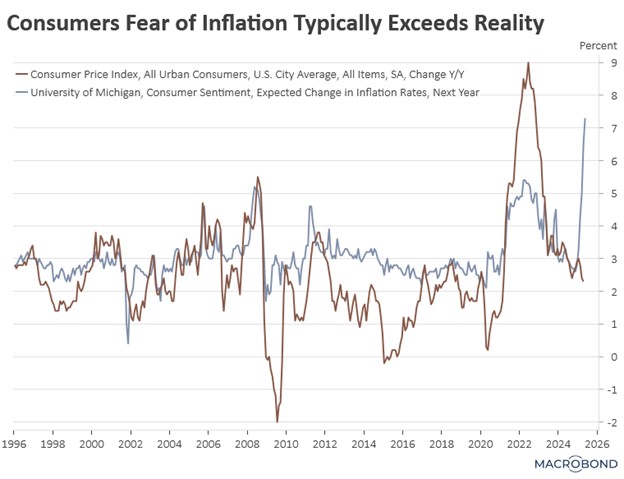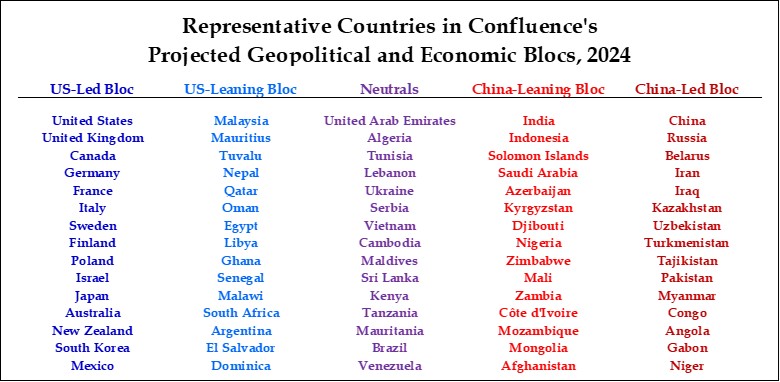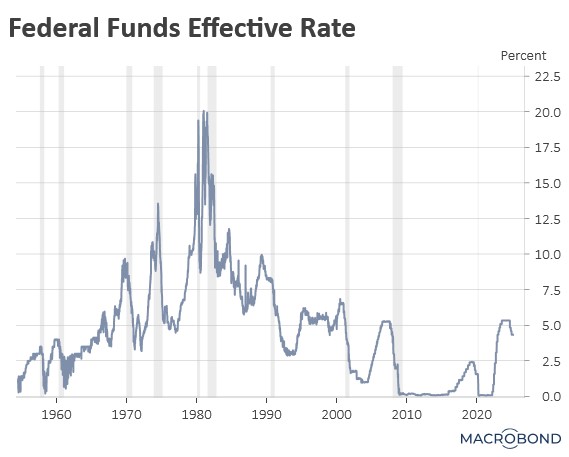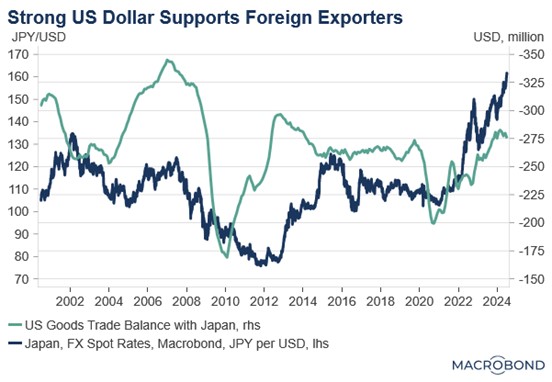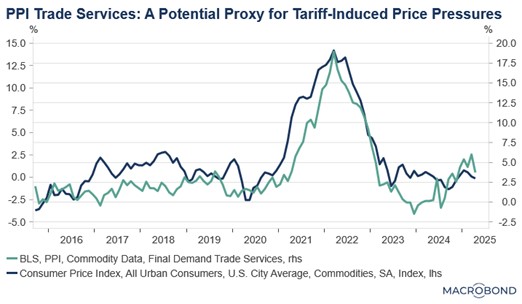by Patrick Fearon-Hernandez, CFA, and Thomas Wash
[Posted: 9:30 AM ET] | PDF
Our Comment today opens with the positive news that President Trump has postponed his threatened additional tariff hikes on the European Union, and the EU has agreed to accelerate the negotiations for a US-EU trade deal. We next review several other international and US developments with the potential to affect the financial markets today, including a welcome pause in the sell-off of Japanese government bonds and a potentially important change in the asset allocation strategy of major US university endowments.
United States-European Union: President Trump on Sunday finally had an extended phone call with European Commission President von der Leyen, which itself was newsworthy after Trump and his administration had kept the European Union at arm’s length and sharply criticized it for months. Perhaps more important, Trump also agreed to push out his deadline to reach a US-EU trade deal and avoid massive new tariffs on the EU. The deadline is now July 9. The events point to a thaw in US-EU relations, giving a boost to US and foreign stocks today.
United States-Russia: After Russia on Sunday launched a huge missile and drone attack against about 30 Ukrainian cities, killing dozens, President Trump blasted President Putin on social media, saying, “I’ve always had a very good relationship with Vladimir Putin of Russia, but something has happened to him . . . . He has gone absolutely CRAZY! He is needlessly killing a lot of people, and I’m not just talking about soldiers.”
- The rare criticism of Putin could be a sign that Trump is finally recognizing the Russian leader’s uncompromising aggression and menace he poses to European countries. Reports today indicate Trump is even considering new US sanctions against Russia.
- All the same, even if that’s the case, it’s not entirely clear how Trump’s foreign policy would really change. For example, he could still wash his hands of the Russia-Ukraine war and further cut US support for Kyiv, putting more of the burden on Europe. Alternatively, he could conceivably swing toward more support for Kyiv, potentially helping improve the security situation in Europe.
Japan: After weeks of falling values and rising yields, Japanese government bonds with longer maturities are rallying strongly today, pushing yields lower. The shift came after the finance ministry took the rare step of canvassing primary dealers and other market participants for their views on issuance. The move suggests the ministry may be preparing to scale back supply, which could help put an end to the market’s recent volatility. However, issues such as the US-Japan trade war and reduced buying by the Bank of Japan could still be a concern.
Chinese Fiscal Policy: The Chinese government has green-lighted a new 767-kilometer canal to link Jiangxi province, a center for electric-vehicle manufacturing and rare earths production, with the coastal powerhouse of Zhejiang. The canal is part of a $44-billion mega project to provide low-cost freight transport via canal between Guangdong, Jiangxi, and Zhejiang. While it’s tempting to think China has already made all the high-return infrastructure investments it needs, the canal project is considered an important step in cutting China’s high freight costs.
Chinese Electric Vehicle Industry: EV giant BYD on Monday announced a series of deep, new price cuts, one of which would drop the domestic price of its cheapest model to just $7,770. The move is expected to worsen the on-going price war in China’s EV market, so Chinese EV stocks dropped sharply yesterday. The move could also incentivize Chinese manufacturers to boost their export efforts, pressuring foreign EV makers as well.
India: Monsoon rains hit the southernmost state of Kerela on Saturday, arriving eight days earlier than normal and marking the earliest monsoon in 16 years. If sustained, the early rains are expected to boost India’s agricultural output, help keep a lid on food prices, increase economic output, and potentially bolster political support for Prime Minister Modi. Also, any increase in Indian crop production could have some negative impact on the value of global agricultural commodities.
Eurozone: The hawkish head of Austria’s central bank, Robert Holzmann, said in an interview that he sees “no reason” for the European Central Bank to further cut interest rates in either June or July. Since Holzmann sits on the ECB’s policymaking committee, the statement suggests a high level of disagreement among ECB policymakers about how to best shield the eurozone economy from the US-EU trade war.
United Kingdom: In an interview, the chief of the government’s Debt Management Office, Jessica Pulay, said her agency is starting to reduce its heavy issuance of longer-dated obligations because of waning demand among institutional investors. Shifting issuance more toward shorter-duration debt would likely help to contain the UK’s rising interest costs, but it would also subject the government to more financial volatility and give investors more leverage to demand fiscal discipline.
- In any case, Pulay’s statement about waning demand for long-dated government debt appears to reflect a growing trend worldwide. For example, it’s consistent with the “buyer’s strike” hitting Japanese debt, as mentioned earlier in this Comment. It’s also consistent with the volatility in the US bond market after Moody’s recent cut to the US debt rating.
- More broadly, global investors’ growing skittishness about long government debt also probably reflects the increased uncertainty and transition risks as the world moves beyond globalization to the new era of greater geopolitical tension, risk, and economic change.
US Financial Markets: Major university endowments are reportedly mulling big changes in their investment strategies in response to the Republican tax and spending bill passed by the House last week. If passed into law, the bill would sharply boost the tax on endowments’ investment income. Endowment managers are therefore considering shifting billions of dollars of investments away from assets that generate short-term gains. Instead, they may allocate even more to private equity and debt, which don’t realize gains for years into the future.
US Pharmaceutical Industry: The Wall Street Journal today carries an article showing how the popular GLP-1 drugs for obesity and diabetes are increasingly being found effective in treating other conditions, including heart disease, kidney disease, liver disease, sleep apnea, arthritis, and even Alzheimer’s. With researchers continuing to find new uses for them, GLP-1 drugs could become an even more important part of the pharmaceutical industry’s health going forward. However, much will depend on the Trump administration’s regulation of the drugs.



